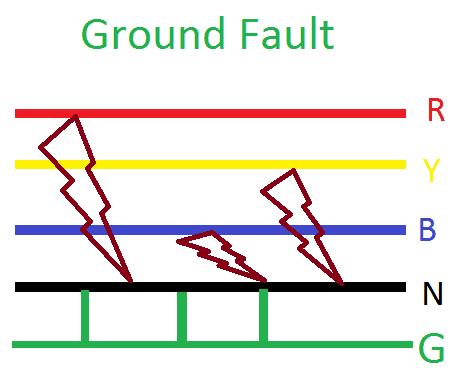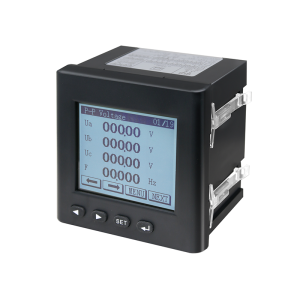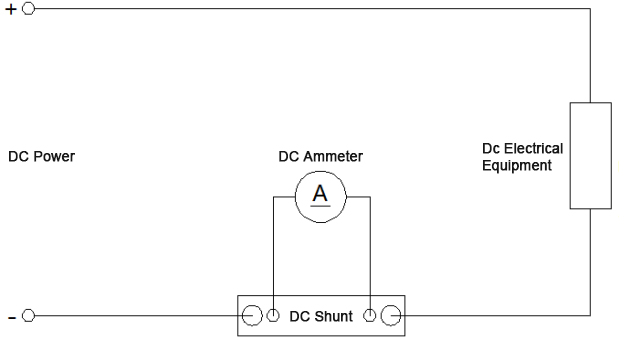As you know, the Electromagnetic flow meter application is widely used in industrial production so it is important in different fields. The article will introduce the 9 applications of electromagnetic flowmeters in detail.
Electromagnetic flow meter application in Water treatment and water supply

In water treatment plants and water supply systems, electromagnetic flow meters are used to measure water flow during treatment processes, including water purification plants, sewage treatment plants, and water supply pipelines. By accurately measuring flow, effective management of water resources and stable operation of the water supply system can be achieved.
Electromagnetic flow meter application in Chemistry and Pharmaceuticals

Electromagnetic flowmeters are widely used in the chemical and pharmaceutical industries to measure the flow of chemicals, liquid pharmaceuticals, etc. This is essential to ensure precise proportioning of raw materials, process control, and consistency of product quality during production.
Electromagnetic flow meter application in Food and drinks

In food processing and beverage production, electromagnetic flow meters are used to measure the flow of liquid raw materials and finished products, such as juice, milk, alcoholic beverages, etc. Through accurate flow monitoring, the accuracy and consistency of the production process can be ensured and product quality can be improved.
Electromagnetic flow meter application in Metal processing and fabrication
The application of electromagnetic flowmeters in metal processing and manufacturing mainly focuses on the measurement of liquid flow rates such as cooling water and lubricating oil. This is crucial to ensure equipment cooling, lubrication, and the stability of the production process.

Electromagnetic flow meter application in Distilleries and alcohol production

In the brewing process, electromagnetic flowmeters are used to measure the flow of raw material water, fermentation broth, alcohol, and other liquids. By accurately monitoring the flow rate during the production process, wine quality and production efficiency can be guaranteed.
Electromagnetic flow meter application in Mining and Mining

Electromagnetic flowmeters are often used in the mining industry to measure fluids containing solid particles such as slurry and mineral liquid. This is crucial for accurate flow control during the transportation and processing of ore.
Electromagnetic flow meter application in Slurry measurement applications

Electromagnetic flowmeters are widely used in the measurement of slurry liquids containing particulate matter, such as mud, lime slurry, paper pulp, etc. Flow measurement of these slurries is crucial for production processes in the pulp, paper, and construction industries.
Electromagnetic flow meter application in Heated liquid applications

In the production and transportation of heated liquids, such as hot water, steam, hot oil, etc., electromagnetic flowmeters are used to accurately measure flow. This is crucial to ensure the stable operation and energy efficiency of the heating system.
Electromagnetic flow meter application in Agriculture and Irrigation

The application of electromagnetic flowmeters in the agricultural field is mainly reflected in farmland irrigation systems. By measuring water flow, precise control of farmland irrigation can be achieved, improving water resource utilization efficiency and crop yields.
To sum up, electromagnetic flowmeters have important application value in many industries and fields, and their accurate flow measurement functions play an irreplaceable role in the control, optimization, and safety of industrial production processes.






